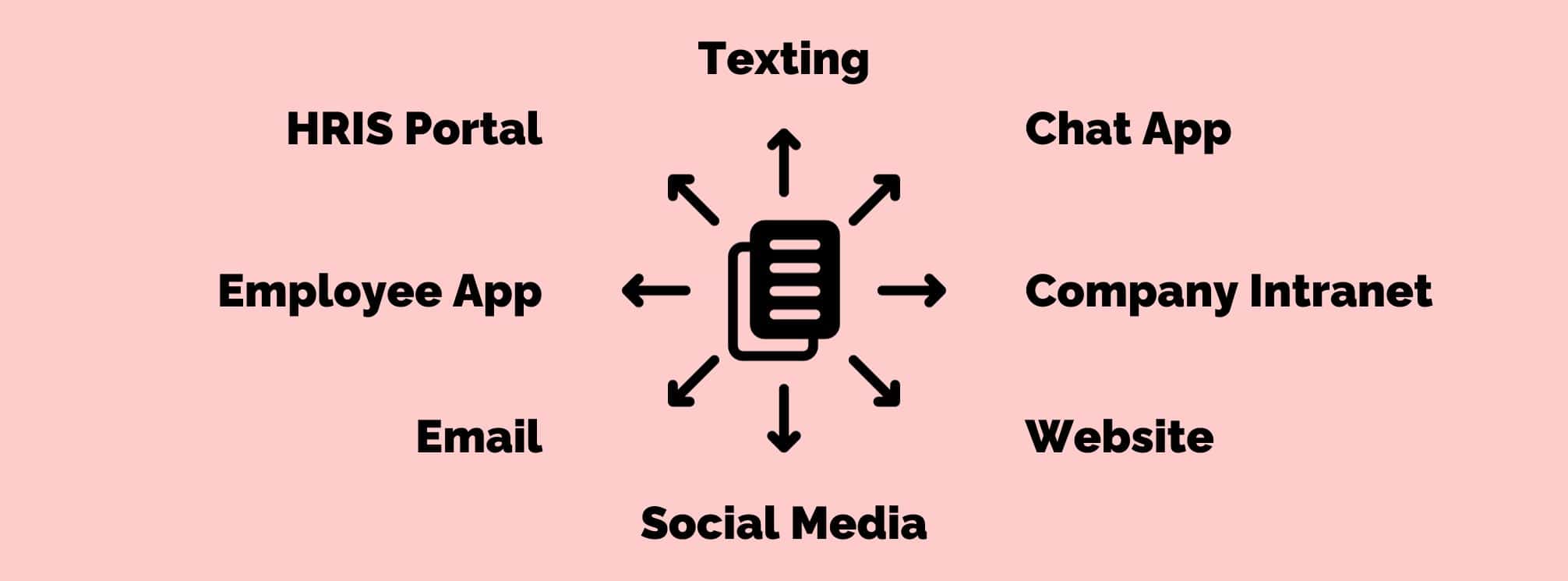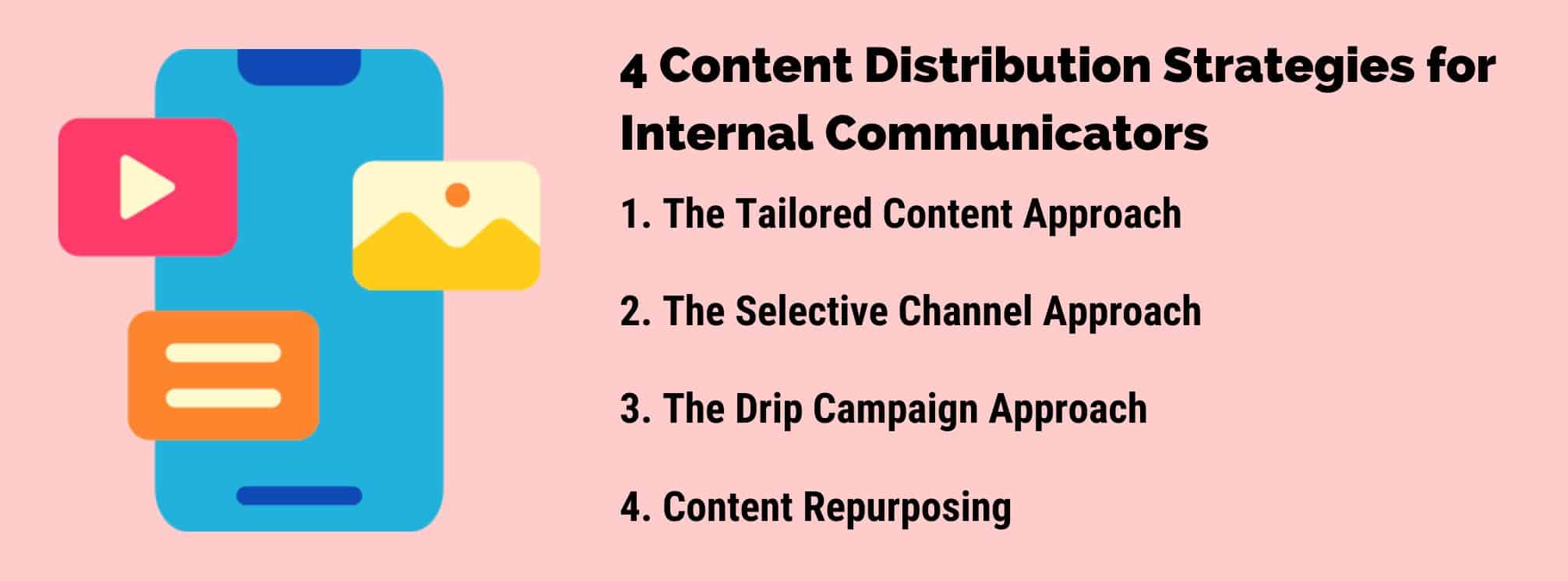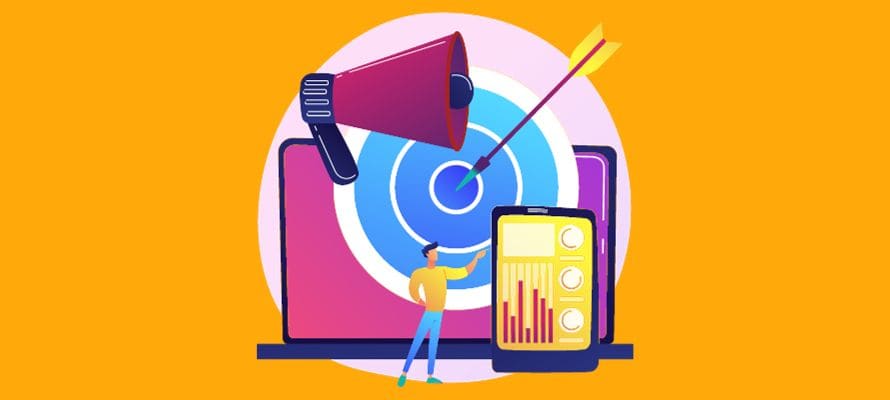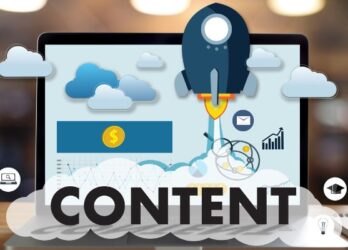Content distribution isn’t just for marketers. Internal communication professionals have to think about distributing their content too. What channels and what tactics you use can make all the difference in an important campaign being successful or not.
What is Content Distribution?
Content distribution is the process of getting content in front of your target audience using various channels and strategies.
In marketing, this may include SEO, social media, email marketing, and so on.
But internal communicators need to distribute their content too. Content distribution is all the ways that you get your messages in front of your employee groups. Content distribution isn’t just about delivering information. It’s about ensuring that the right message reaches the right people at the right time through the right channels.

What is a Content Distribution Strategy?
A content distribution strategy is a thoughtful, planned approach to disseminating messages within your company to reach your audiences. It’s how you choose the right channel mix and strategy.
To understand the essence of a content distribution strategy, let’s break down its key components:
- Content. At the core of any content distribution strategy is the content itself. This includes all types of information you choose to share.
- Audience segments. Knowing your audience is critical. A successful content distribution strategy involves segmenting employees based on their roles, departments, locations, and communication preferences. This enables you to tailor content so all employees receive messages that are relevant to them.
- Channels. Different messages may require different channels for effective delivery. Your strategy should encompass a range of communication channels, from your company intranet to your employee app.
- Cadence. Consider how often content should be distributed. Some messages may require immediate dissemination, while others can be part of a regular communication schedule. Striking the right balance ensures that employees receive timely updates without overwhelming them.
- Measurement. An effective content distribution strategy incorporates mechanisms for measuring the impact of your communications. Metrics such as open rates, engagement levels, and feedback from employees provide insights into what’s working and where improvements are needed. This will also help you hone in on the channels that are most successful for distributing your content.
A well-crafted content distribution strategy is not a one-size-fits-all solution. It’s a flexible framework that can be tailored to suit the unique needs and culture of your business. When executed effectively, it ensures that your internal communications resonate with your employees, foster engagement, and drive desired outcomes.

4 Content Distribution Strategies for Internal Communicators
So, how do all these components of content distribution come together? The great thing is: there are many different approaches to distributing your messages.
Let’s talk about four different strategies.
1. The Tailored Content Approach
One way to distribute messages at your company is to take the same message and tailor it to each channel.
This is similar to how social media managers craft messages. With different ideal image sizes and character limits, you can’t just share the same message on all social media accounts. Not to mention, users prefer different types of content based on the platform they’re on.
The same thing goes for internal communications. You might choose to share the same message across all your channels because it’s important. But you might choose to share a video with a supporting article that goes very in depth on your intranet. You might break the message up into several posts on your app. You might send a text message that reminds employees of the most important part of the message with a clear call to action.
This is one way to make sure that everyone sees your message, but also gives employees the ability to find more information or engage with that content the way they want (e.g. read an email vs. watch the video on the intranet).
2. The Selective Channel Approach
The truth is, you don’t have to share every message on every channel, right? You can pick and choose where certain messages should live.
Now, for this to work, there are three things you have to keep in mind:
- Is the message nice-to-know or need-to-know? If the message is mission critical, then it might make more sense to use more channels.
- Are you using a primary or a secondary channel? The other thing to consider is whether or not the channel you’re using is a main way that employees receive messages or is it a channel that’s more rarely used? For the selective channel approach, you probably want to make sure you’re using at least one primary channel that gets checked regularly.
- Is the channel you’re using the right one for your audience? Maybe you have a new video about a training procedure for your frontline teams. It doesn’t make sense to only blast that out via email or a firewall-blocked intranet. That’s probably not the best channel for your intended audience. So, make sure you’re picking the right channel for the groups the message is really for.
3. The Drip Campaign Approach
In marketing, a drip campaign is a strategy where you send messages to a targeted group over time. As users take action, they will receive different messages. Ultimately with the goal to have that audience take some kind of action.
We can use this internal marketing strategy for our employee communications as well.
Especially for complex messages or change management campaigns, we’ll want to be very careful about how and when we send messages. We don’t want to overwhelm our audience by sending them everything at once. So, it can make sense to pace our messaging out and target it to groups based on where they’re at in the process.
Take benefits open enrollment as an example.
- You might kick off the enrollment season with an email, app post, and text message (your three primary channels) that lets everyone know the timing of open enrollment and where they make their elections.
- Then you pace out the next message that invites people to attend an open enrollment information session.
- From there, your drip campaign might split. Those who attend the session will receive a message thanking them for their attendance and reiterating the most important points at a high-level. Those who did not attend the session may receive a recording and a more detailed explanation of what they missed.
- After that, you might use your primary and secondary channels to send reminders. Ideally, removing employees who have already enrolled in their benefits and focusing your efforts and messaging on those who have yet to enroll.
4. Content Repurposing
If you’re struggling to come up with content ideas for all your channels, consider repurposing your content. This is when you take one message and then take pieces of it or change it into a new type of content altogether.
For instance, your Town Hall is content in and of itself, right? But there are ways to continue to distribute those key messages over time by repurposing the deck or recording.
For instance, say your Town Hall meeting was all about revamping your mission and values. You might continue distributing that message over time by pulling quotes from the CEO to include in the newsletter. Or by splicing the recording into bite sized chunks to include in your employee app.
Or maybe you use the themes of the Town Hall to create a series of stories of the values in action over the course of the year.
One message gets used multiple times over a span of time! It’s a great time saver and reminder that we often need to repeat key messages many times for them to stick.
4 Channels to Support Your Content Distribution Efforts
Effective content distribution relies on selecting the right channels to reach your employees. Not all employees have access to the same channels, let alone prefer the same modes of communication. And not all content can be shared in the same ways. That’s why you need a diverse mix of channels for a successful content distribution plan.
While many channels are available to companies now, these top four channels are especially valuable for modern companies.
1. Email Communication
Even though email doesn’t usually reach deskless and frontline workers, email remains a tried-and-true channel for internal communication.
It’s versatile and widely used for delivering essential messages, updates, newsletters, and reports.
Email allows for detailed information and is suitable for reaching employees who rely on email as their primary communication tool (e.g. office staff, remote workers, hybrid employees).
2. Employee Intranet
Your organization’s intranet is a central hub for company information.
These platforms are ideal for hosting important documents, sharing company news, and creating a repository of resources.
Modern intranets (like social intranets) provide a user-friendly interface for employees to access critical information. And if you focus on making your employee intranet mobile accessible, you open this up as a fantastic tool for your entire workforce.
3. Employee Mobile Apps
Employee communication apps have gained popularity as an internal communication channel in the last several years. Mobile apps offer convenient access to news, updates, and resources, especially for mobile workers in frontline industries.
These apps can be a great substitute for email communication but also allow you to share more multimedia content with your workforce.
4. SMS Texting
Texting is another emerging tool for content distribution. Although this is a text-based medium, it’s ideal for reinforcing key messages, sharing timely reminders, and increasing rates of compliance.
As another mobile-first option, this is a great way to ensure that your entire workforce doesn’t miss critical information.
Subscribe To The theEMPLOYEEapp Newsletter
Comments are closed.




